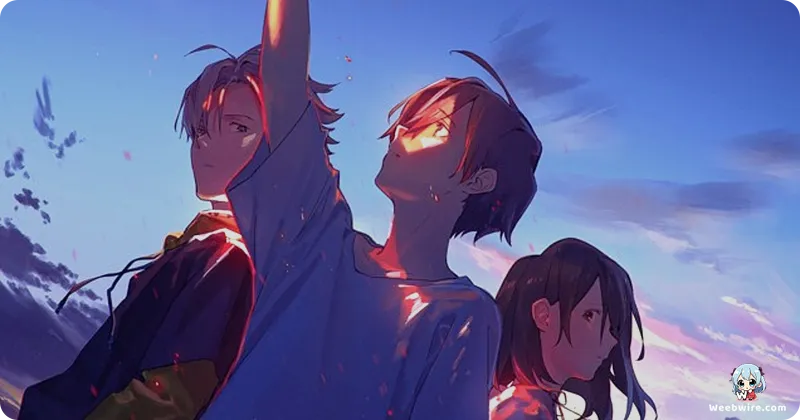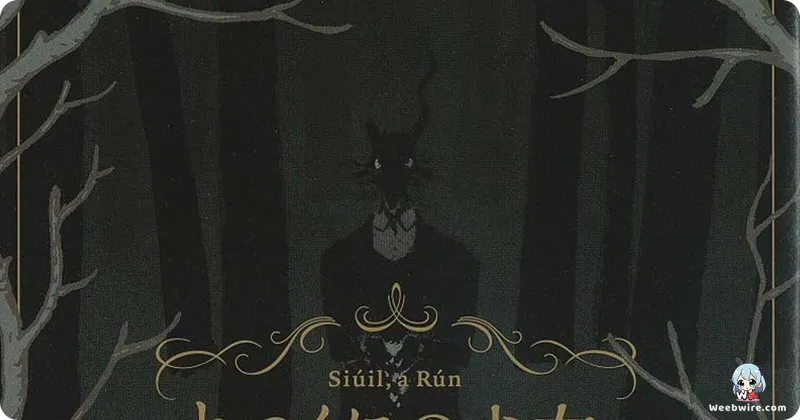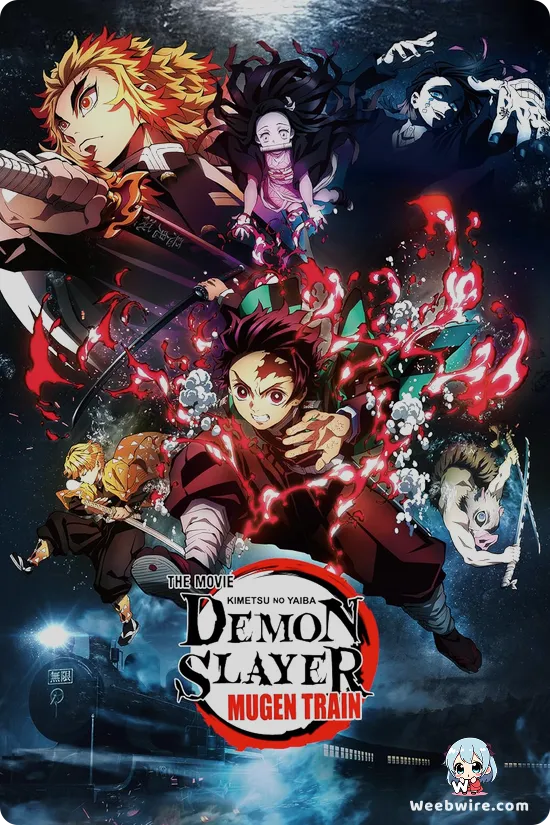Unveiling the Secrets: The Extraordinary Journey and Artistic Triumph of 'The Girl From the Other Side: Siúil, a Rún'

In the sprawling tapestry of modern anime, certain creations distinguish themselves not merely through their narratives, but by their profound artistic vision and the captivating tales behind their genesis. Among these luminous gems is The Girl From the Other Side: Siúil, a Rún, a series that enchants with its melancholic beauty and deeply atmospheric storytelling. While many are acquainted with its poignant premise, following young Shiva and her enigmatic Cursed guardian, Teacher, amidst a world segregated into 'Inner' and 'Outer' Lands, a treasure trove of fascinating insights into its creation elevates its stature from a mere anime to a profound artistic endeavor. This article delves into these lesser-known facets, offering a deeper appreciation for this truly extraordinary work.
At the heart of The Girl From the Other Side lies its strikingly distinctive art style, a faithful translation of Nagabe's original manga. Nagabe’s aesthetic, reminiscent of European fairy tale illustrations from the late 19th and early 20th centuries, infused with the stark beauty of woodcut prints and ink wash, sets it apart. Characterized by heavy black outlines, dramatic contrasts, and intricate detailing, this visual language was meticulously preserved by WIT STUDIO in the anime adaptation, particularly the 2019 OVA. This commitment marked a significant departure for WIT STUDIO, renowned for its dynamic, action-packed productions like Attack on Titan. Their embrace of such a serene, meditative story underscored their versatility and artistic daring.

Further adding to its unique charm, the subtitle Siúil, a Rún originates from a traditional Irish folk song, meaning 'Go, My Love' or 'Walk, My Love'. This Gaelic phrase imbues the series with layers of melancholic beauty and cultural depth, perfectly encapsulating its themes of longing, separation, and the bittersweet journey of its protagonists.
The 2019 OVA’s path to production was equally remarkable, primarily fueled by a highly successful Kickstarter campaign. This crowdfunding triumph not only ensured the OVA’s realization but also highlighted a fervent global fanbase eager to support adaptations prioritizing artistic integrity over mainstream appeal, granting creators unprecedented creative freedom.
The series further distinguishes itself through a minimalist approach to dialogue, leaning heavily on visual storytelling, intricate sound design, and nuanced voice performances. Esteemed actors Jun Fukuyama as Teacher and Rie Takahashi as Shiva deliver remarkably subdued portrayals, conveying deep emotion through subtle cues, sighs, and expressions, drawing viewers into its eerie yet beautiful world.
The manga itself garnered widespread critical acclaim, earning a prestigious Eisner Award nomination. This international recognition solidifies Nagabe’s universal storytelling, addressing poignant themes of prejudice, fear of the unknown, and the timeless quest for belonging. Through its faithful adaptation, the anime has broadened the reach of The Girl From the Other Side: Siúil, a Rún, cementing its place as an indelible and unique entry in animated fantasy.
Credits
The Girl From the Other Side: Siúil, a Rún
Author
Nagabe
Cover Art
Nagabe
Studio
WIT STUDIO
Publisher
Mag Garden
Producers





